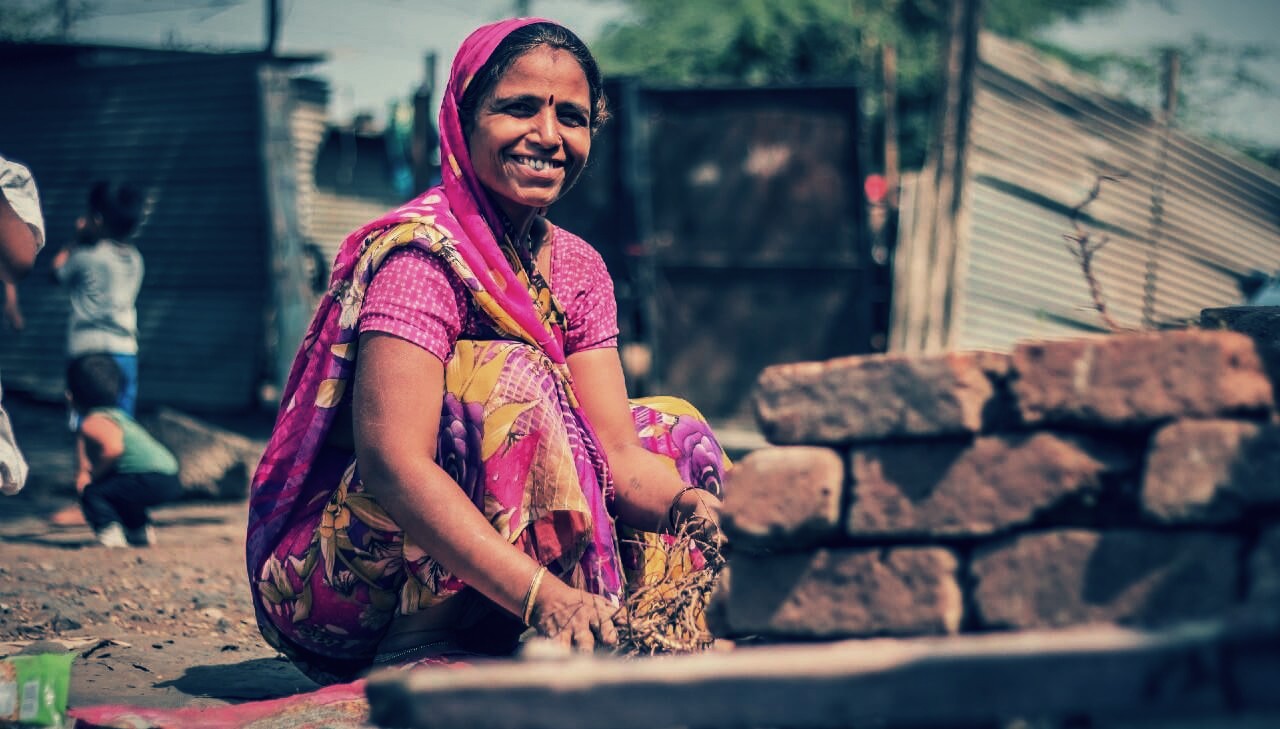Your individual voting power in India
On the day of election, when you go to the polling booth and press the EVM, you feel the pride of being an Indian citizen. But did you ever realize your voting power is not equal throughout the country, i.e. the real voting power varies greatly across the country! It is well-known large and populous states like Uttar Pradesh, Maharashtra, or Bihar largely influence the final outcome of the parliamentary election at state level. However, at individual level, the trend is altogether different. The actual power of any individual vote is more for smaller and less populated states as compared to that of the larger ones.

Indian lady street photography (Photo by Varun Kulkarni from Pixabay)
Did you know your real voting power differs greatly based on your location?
An elector's single vote is about 30 times mightier from Lakshadweep, as compared to that of national average. In contrary, the voting power is half of the national average in Malkajgiri parliamentary constituency in Telangana state. Let’s explore the comparative voting power in different locations in India.
The real power of an individual vote is calculated by dividing the total number MPs per state, (one in case of Parliamentary Constituency) by the total number of electors.
* Jammu & Kashmir is shown as a single state, since the revocation of the special status of Jammu and Kashmir and consequent bifurcation and conversion to Union Territory was done after the general election on 5 August 2019.
Select level
Relative to
(Number of states)



